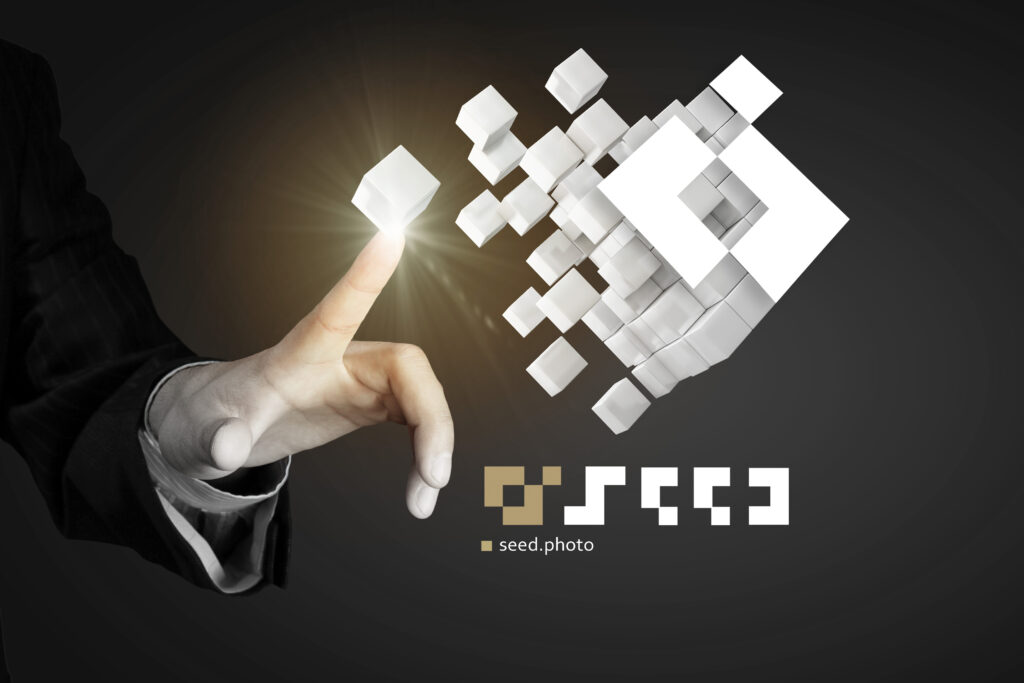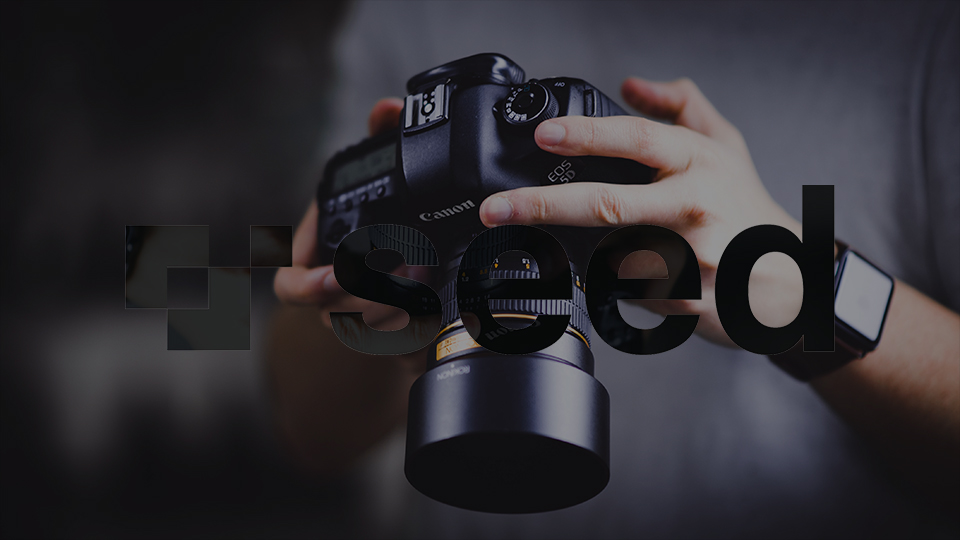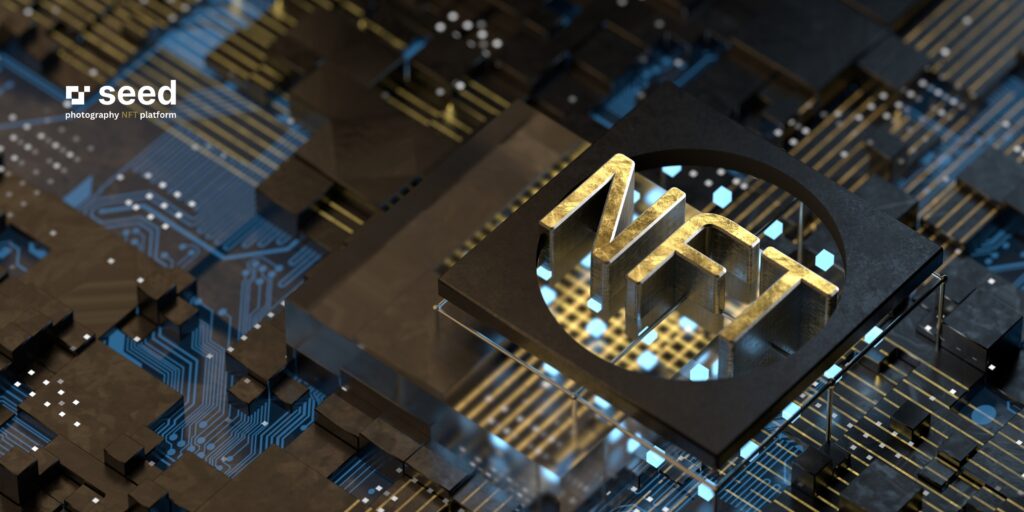Blockchain and NFT Revolution
Blockchain and NFT are two terms that get tossed around in the Metaverse and Web 3 space. Let’s take a brief look at how these two technologies have revolutionized the digital world as we know it:
The Blockchain Revolution
Before the advent of blockchain, Web 3.0 was just a concept. It was an idea where everyone thought that Virtual Reality and Augmented Reality would take over. Bitcoin was the first cryptocurrency to introduce blockchain technology.
A Simple Way To Understand Blockchain Technology
Think of blockchain technology as a spreadsheet. Data is recorded in new blocks of that spreadsheet whenever you do something. However, unlike the excel spreadsheet, you can’t edit older spreadsheet blocks. If you want to edit the data of any of the older blocks, you will have to edit the data of the blocks created so far. Remember that each action creates a new block. So, it is a continuous blow. And therefore, it is almost impossible to hack into the blockchain.
Decentralization – The Integration Of Blockchain
Now, the concept that blockchain primarily brought was decentralization. Decentralization is the concept where nothing is owned by any central authority, administration, or government. It is owned by the people, individually. As Web 3.0 was focused on decentralization, Blockchain technology paved the path to acquiring that.
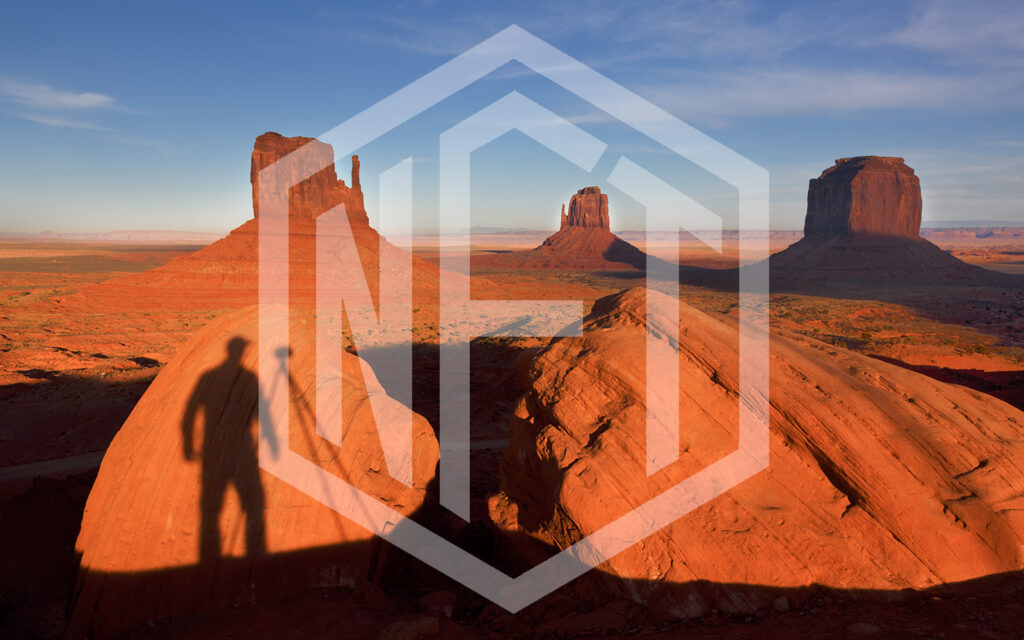
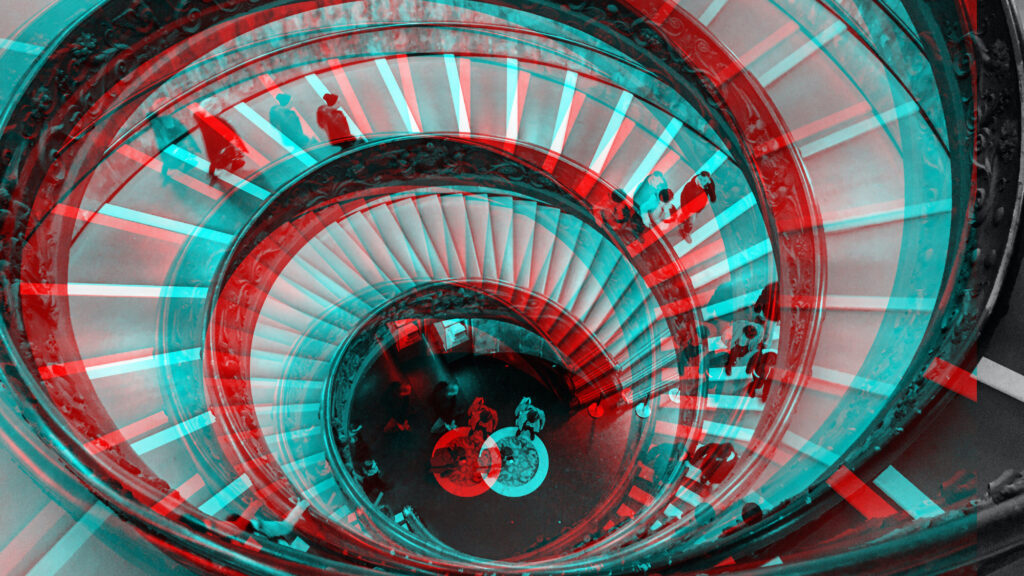
Non-Fungible Tokens – NFTs And Their Revolution
Tokes in blockchain are fungible and non-fungible.
● Fungible tokens are cryptocurrencies. For example, each Bitcoin has the same value and same purpose. Nothing distinguishes them.
● NFTs (Non-fungible tokens) are all unique and different. They have individual values perceived by the masses. Even when some NFT project releases 10,000 NFTs, each one has other variables, stats, traits, etc., depending on the concept of the project.
● Simply put, no two NFTs are identical, making them rare. The NFTs were first launched as a concept of digital artwork and collectibles. Next, they became an integral part of the Metaverse. As Metaverse is primarily a gamified space for Web 3.0, it focused on offering NFTs as something that players could own for playing the game. Thus, providing real-life value and corresponding assets.
Owning Something For The Time Invested – NFTs
With this new approach, NFTs gained a remarkable trajectory in Web 3 and Metaverse. Game developers sought a way to reward their players with real money or real-life gains. NFTs brought that opportunity and turned it into something players could own throughout the Web 3.0 space.
![]()
NFTs bring artists the decentralization aspect where no manager, corporate, or third party will own their artwork. They can curate it and publish it by themselves on the right platforms to receive exposure and more.
Turning Into A Massive Phenomenon – NFTs
While some thought NFTs would end up as gaming assets, others recognized their potential. Many brilliant minds started to work on using NFTs for Web 3 and not confining it to just the Metaverse. This led to the discovery of new uses of NFTs to liberate artists worldwide and provide them with remarkable opportunities. For example:
● Visual and graphic designers could create original designs and mint them into NFTs.
● Musicians, Poets, and other performing artists could turn their pieces into NFTs.
● Photographers and Artwork creators found a way to turn their photographs into NFT through SEED.Photo
NFTs bring artists the decentralization aspect where no manager, corporate, or third party will own their artwork. They can curate it and publish it by themselves on the right platforms to receive exposure and more. Today, NFTs have outgrown the Metaverse and have become a prevalent part of the Web 3 initiative.
